XRP, the native token of the Ripple network, has been a focal point for investors and regulators. This article examines XRP's technology, market history, legal disputes, adoption use cases, and the risks and factors investors should weigh while the token trades under $3.
Overview
XRP, the digital asset associated with the company Ripple Labs, has been one of the most discussed cryptocurrencies since its creation in 2012. In recent years XRP's price and legal standing have drawn particular attention. The question of whether to buy XRP while it trades below $3 raises issues that go beyond price alone: regulatory developments, supply dynamics, real-world use cases, market liquidity and competition all matter for potential investors.
What is XRP and how is it used?
XRP is a native token on the XRP Ledger, a permissioned but open-source blockchain developed in 2012. Ripple, a private company, has built products that leverage the ledger and the token for cross-border payments and liquidity services.
- Purpose: Ripple positions XRP as a bridge currency for cross-border transactions and for on-demand liquidity, allowing financial institutions to source liquidity in real time without pre-funding foreign accounts. See Ripple's product description at Ripple - On-Demand Liquidity.
- Supply: The XRP Ledger has a maximum supply of 100 billion XRP. Ripple has historically retained a large portion of that supply and placed many XRP into timed escrows. Ripple's own documentation describes its escrow program and token distribution mechanisms at Ripple - XRP.
- Technical characteristics: XRP transactions settle in seconds and transaction fees are typically a fraction of a cent, traits that distinguish it from some proof-of-work blockchains.
Price history and where "under $3" fits
XRP's best-known price peak occurred during the 2017–2018 crypto rally, when it reached an all-time high near $3.84 in January 2018, according to historical market data on CoinMarketCap. Following the bear market that began in 2018 and a prolonged period of regulatory uncertainty after 2020, XRP has experienced sharp volatility.
When an asset like XRP is described as trading "under $3," the implication for investors depends on timeframe, volatility expectations, and whether the current price reflects transitory market sentiment or longer-term structural shifts. Price alone does not capture the full investment thesis.
Regulatory backdrop: SEC v. Ripple
One of the most consequential events for XRP's marketability in the United States has been the litigation between the U.S. Securities and Exchange Commission (SEC) and Ripple Labs.
- SEC complaint: The SEC filed a civil enforcement action against Ripple, CEO Brad Garlinghouse and executive Christian Larsen in December 2020. The complaint alleged that Ripple raised over $1.3 billion through an unregistered, ongoing digital asset securities offering for the sale of XRP. The SEC's press release summarized the allegation: "The SEC alleged that Ripple Labs Inc. and two executives conducted a $1.3 billion unregistered securities offering in the form of the digital asset XRP." See the SEC press release at SEC press release, Dec. 2020.
- District court ruling: In July 2023, U.S. District Judge Analisa Torres issued a partial ruling that found some XRP sales—specifically certain programmatic sales on exchanges and to retail investors—were not investment contracts for the purposes of federal securities law, while sales to institutional investors were potentially securities transactions. The partial ruling was widely characterized as a mixed decision; Reuters summarized the outcome at Reuters, July 2023.
- Appeals and ongoing legal risk: The July 2023 ruling did not represent a final, industry-wide legal determination. Both parties have indicated intentions to appeal aspects of the decision, and appellate courts could alter the interpretation or scope of the ruling. Until the litigation is finally resolved, regulatory risk remains for U.S. exchanges, institutional investors, and market participants.
The SEC's original allegations and subsequent court proceedings have had practical effects: several U.S.-based exchanges suspended or delisted XRP after the enforcement action in 2020, and some later relisted it after regulatory clarity improved. Market access and liquidity in particular jurisdictions can be highly sensitive to legal outcomes.
Adoption, partnerships and real-world use
Ripple has pursued partnerships and pilot programs with a range of financial institutions and remittance companies to promote cross-border payments using RippleNet and On-Demand Liquidity (ODL). While Ripple reports a number of such partnerships, broader adoption by major global correspondent banking networks has been limited compared with incumbents and other newer payment rails.
Key considerations for assessing real-world adoption:
- Depth of institutional adoption: Use of XRP for direct liquidity by large banks has been limited; many banks instead experiment with non-tokenized rails or enterprise software that does not depend on XRP.
- Remittance corridors: ODL has been used in specific corridors where liquidity demands and FX spreads create potential advantages for tokenized liquidity. Ripple publishes case studies and usage metrics at ripple.com.
- Competition: Stablecoins, specialized FX liquidity providers and central bank digital currencies (CBDCs) are among alternatives that can undercut or compete with XRP's value proposition for cross-border flows.
Supply concentration and market structure
Unlike fully decentralized, community-driven tokens, a substantial portion of XRP's supply has been held by Ripple. The company placed large blocks of XRP into escrow accounts intended to provide predictability of supply issuance over time. Critics and some market participants have pointed to the concentration as a risk, because large holdings controlled by a single corporate entity can introduce execution and governance risk.
Investors should consider:
- Escrow releases: Regular releases from escrow increase available supply and can exert downward pressure on price if demand is insufficient.
- Market liquidity: While XRP is liquid relative to many smaller tokens—trading on many global exchanges—liquidity can vary by exchange and fiat pair. Large market orders in stressed conditions can move the price materially.
Volatility and correlation with broader crypto markets
XRP's price has historically moved with the broader crypto market but has also demonstrated idiosyncratic moves tied to Ripple-specific news, including legal developments. Like most cryptocurrencies, XRP is subject to high volatility, which can present both opportunity and risk.
For investors, volatility implies the following practicalities:
- Time horizon matters: Short-term traders may seek to profit from volatility, while longer-term holders should consider whether they have conviction in the asset's technological and commercial prospects.
- Position sizing and risk management: Because of the potential for rapid drawdowns, prudent portfolio construction and clear exit rules are essential for most investors.
Arguments for buying while XRP is under $3
Those who see value in acquiring XRP at lower prices typically point to several positive factors:
- Valuation and upside potential: Buying at lower absolute price levels can offer a lower-cost entry point if one believes the long-term adoption story and regulatory risks will resolve favorably.
- Improving legal clarity: The partial court victory in 2023 re-opened U.S. market access in some forms and signaled that not all XRP sales are securities transactions, which some investors view as de-risking.
- Use case optionality: If on-demand liquidity or other XRP-based services capture meaningful market share, that could support higher token demand relative to supply.
Arguments against buying while XRP is under $3
There are also well-established reasons to be cautious:
- Ongoing legal and regulatory risk: Appeals and potential new enforcement actions might change the permissibility of XRP-related activity or prompt market access restrictions in key jurisdictions.
- Centralization and issuer concentration: Large holdings by Ripple and periodic escrow releases can introduce price pressure and governance-related risk.
- Competition and changing payments landscape: Stablecoins, CBDCs and incumbent payment networks are actively evolving; XRP may not achieve the market penetration its proponents expect.
- Macro and crypto market risks: Broader market downturns, interest-rate regimes, or macroeconomic shocks can depress crypto asset prices regardless of individual project fundamentals.
What experts say
Regulators and market-watchers have underscored the ambiguity that once defined XRP's legal status and the implications for investors.
The SEC stated in its enforcement announcement that Ripple had conducted an unregistered securities offering worth roughly $1.3 billion, highlighting the legal stakes for market participants: "The SEC alleged that Ripple Labs Inc. and two executives conducted a $1.3 billion unregistered securities offering in the form of the digital asset XRP." See the SEC press release at SEC press release.
In reporting on the July 2023 ruling, Reuters summarized the district court decision and its mixed findings, noting that the ruling "found XRP was not a security in programmatic sales on exchanges but that institutional sales could be considered securities offerings." See Reuters coverage at Reuters, July 2023.
Legal scholars and analysts emphasize that partial rulings and circuit-court interpretations will matter for the broader market. A commentator quoted in industry reporting observed that the case illustrated how litigation may both clarify and complicate the regulatory landscape for crypto tokens. For ongoing updates, the original SEC complaint and court filings remain primary sources: SEC complaint (PDF).
How to evaluate whether to buy
Investors considering buying XRP while the price is under $3 should evaluate a range of factors beyond headline price levels. Key steps include:
- Assess regulatory exposure: Monitor litigation updates and policymaker statements that could affect XRP's legal classification or exchange listings.
- Examine liquidity: Check order book depth and trading volumes on exchanges you plan to use, and consider slippage and execution risk for meaningful trade sizes.
- Understand supply mechanics: Review Ripple's escrow schedule and historical behavior regarding releases and sales.
- Define investment objectives: Are you seeking speculative upside, a tactical trade, or a long-term allocation? Time horizon should dictate position sizing and risk tolerance.
- Diversify and set risk limits: Avoid concentration risk; use stop-losses or predefined exit rules appropriate to your risk profile.
- Seek independent counsel: For significant allocations, consult a licensed financial advisor and, where appropriate, legal counsel knowledgeable in securities and digital assets.
Practical considerations for execution
If an investor decides to buy XRP, practical matters include custody, exchange selection, tax treatment and security:
- Choose regulated and reputable exchanges where possible to reduce counterparty risk.
- Consider custody options: self-custody in hardware wallets reduces custodial counterparty risk but increases responsibility for key management.
- Understand tax implications: Crypto tax treatment varies by jurisdiction and transaction type; keep records of trade dates, prices and quantities.
- Plan for market events: Legal rulings, exchange listings, or large escrow releases can cause rapid price moves; think in advance about how you will react.
Key takeaways
- XRP's price level is only one of several variables that should inform an investment decision. Legal clarity, market access, supply concentration and real-world adoption are material to XRP's long-term prospects.
- The SEC v. Ripple litigation significantly influenced XRP's U.S. market trajectory; partial rulings provided some clarity but did not eliminate legal risk.
- Buying while XRP is under $3 could offer a lower-cost entry for investors who accept the legal, regulatory and market risks, but it is not a risk-free or purely technical decision.
Conclusion
Whether to buy XRP while it trades below $3 depends on each investor's assessment of the token's long-term utility, the likelihood of favorable regulatory outcomes, appetite for volatility and tolerance for concentrated supply risk. The partial court decisions in the United States have reduced some uncertainty but left important questions unresolved, and appeals or new regulatory actions could materially affect market access and price. Prospective buyers should weigh legal news, adoption metrics, liquidity conditions and portfolio risk management considerations before making a decision, and consider consulting licensed financial and legal professionals given the complexity and evolving nature of cryptocurrency regulation.
Disclaimer: This article is based on publicly available information and does not represent investment or legal advice.

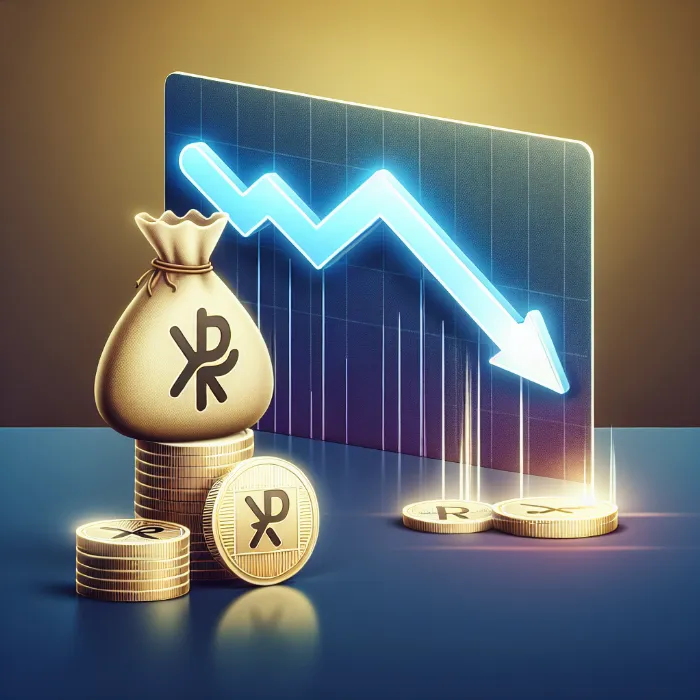


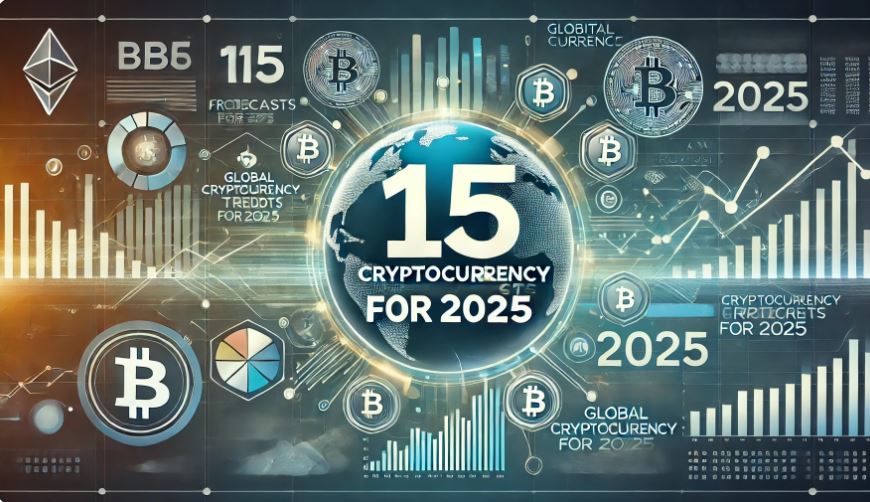
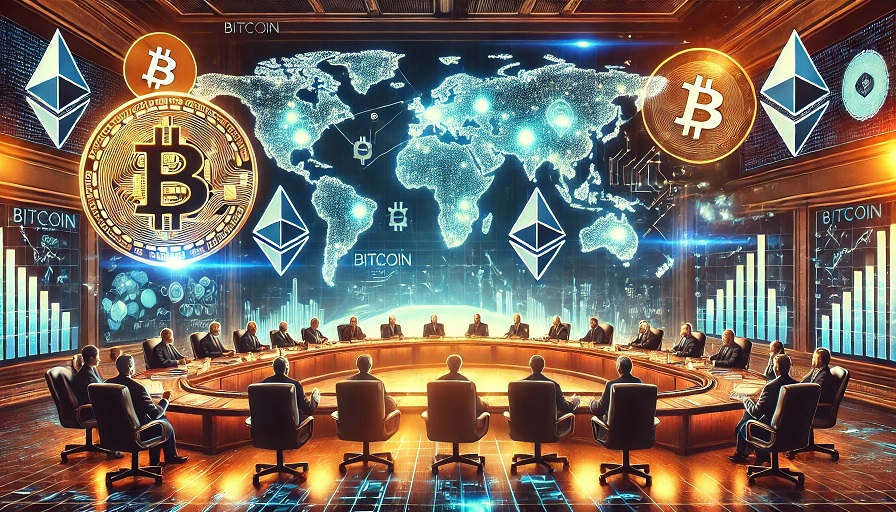

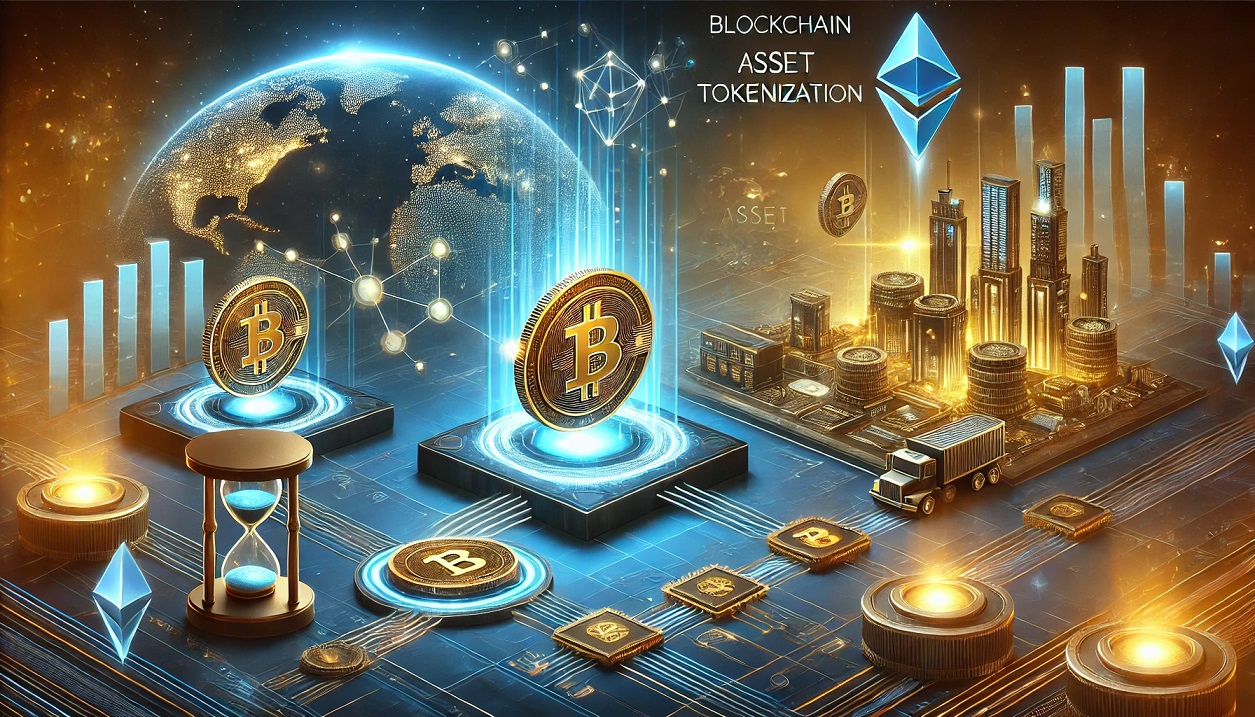
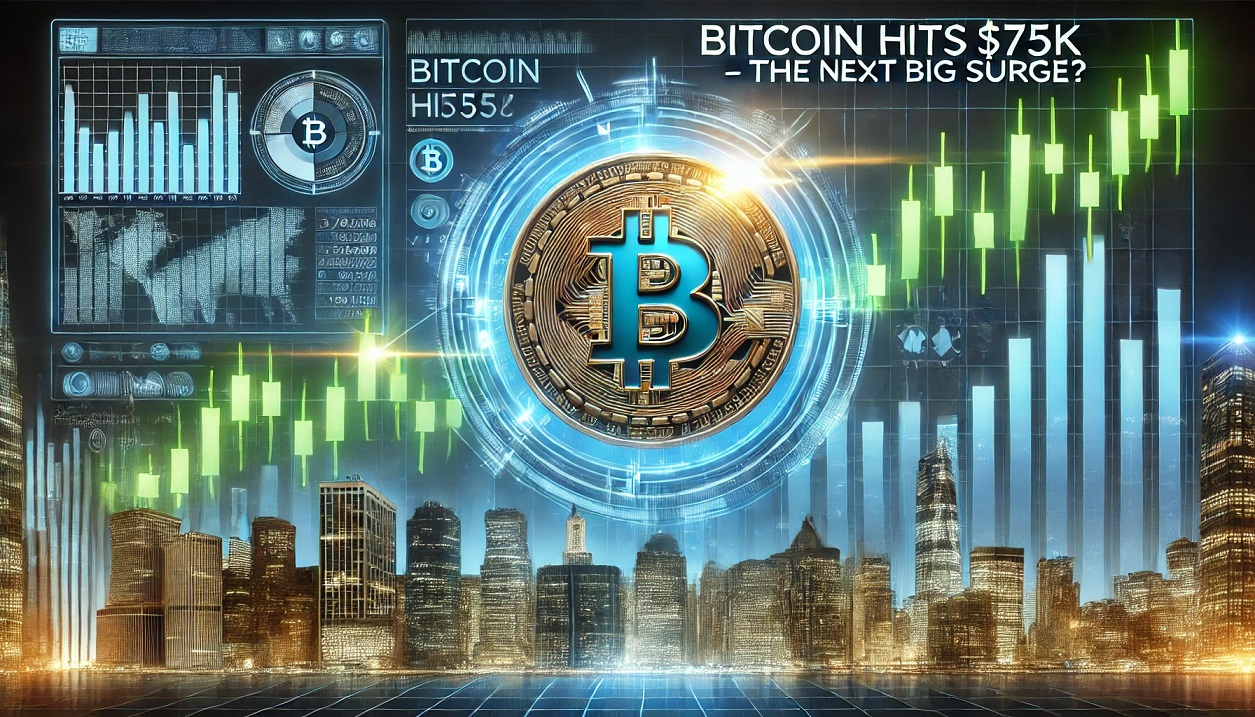
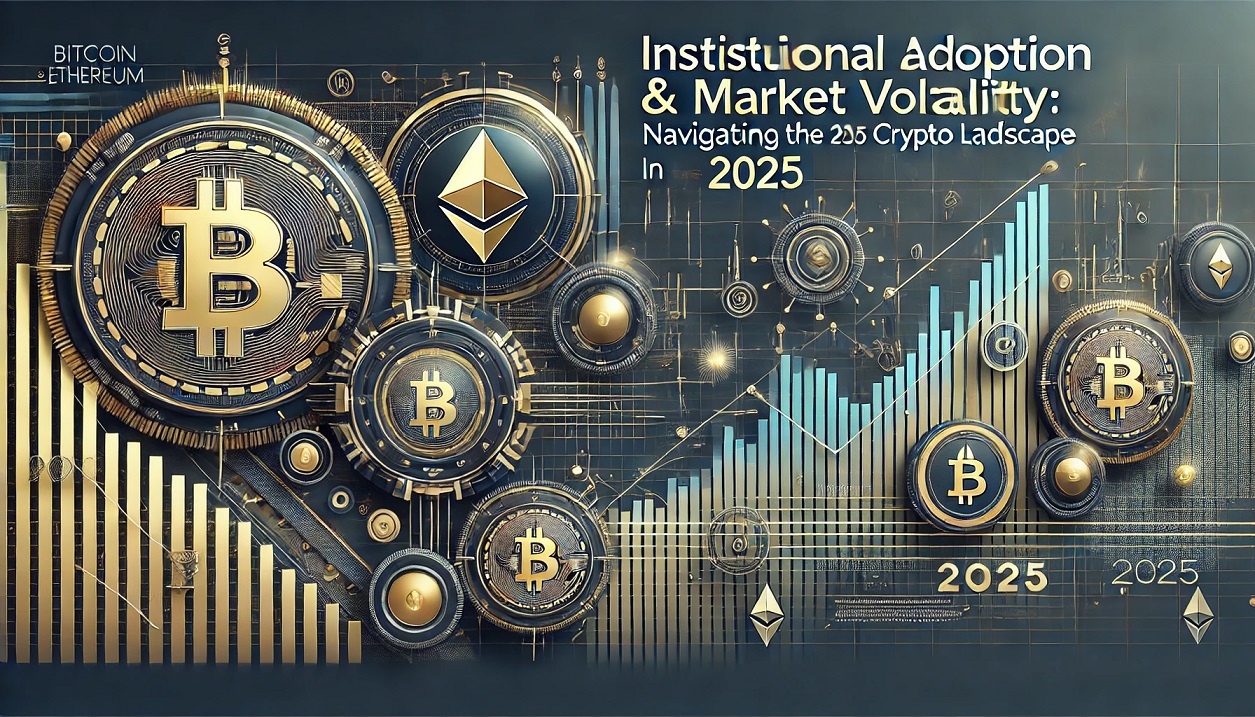




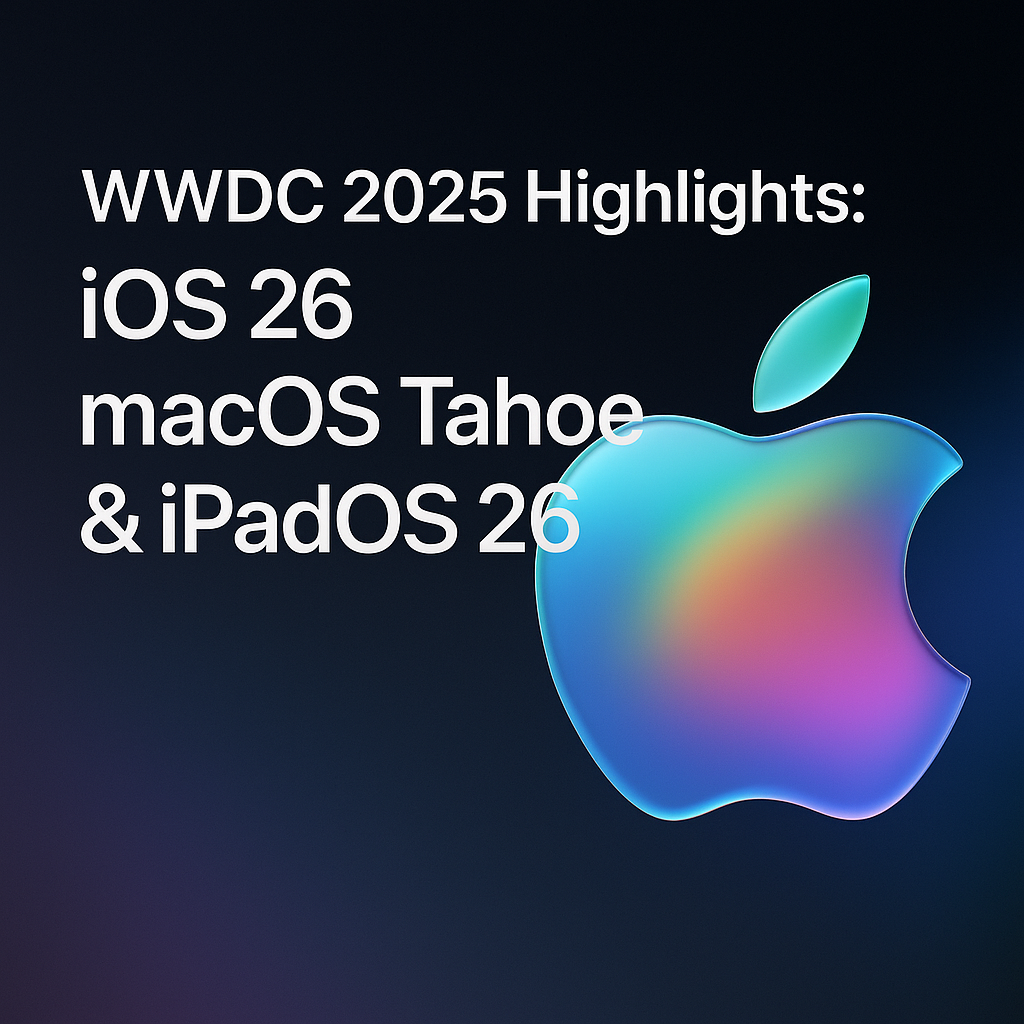


Comments 0